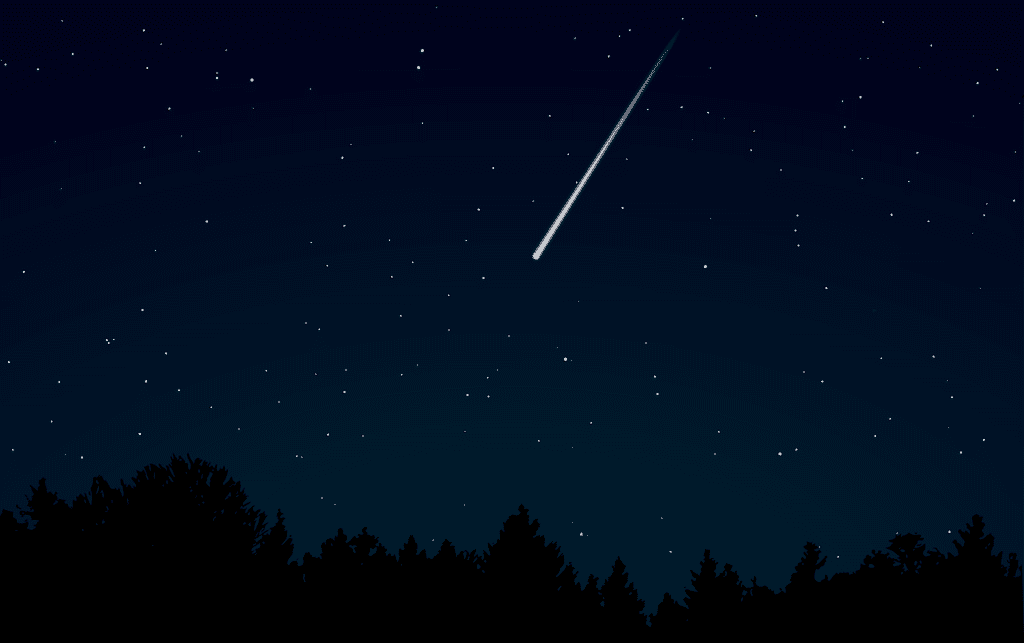One stary night in 2014, a thin streak of light flashed in the sky above Papua New Guinea. Astronomers quickly determined that this was a half-ton meteor that disintegrated in the atmosphere, a fate shared by hundreds if not thousands of similar cosmic objects on a daily basis as they hit Earth with no safety concerns or any significant material consequences.
But as it turns out, this was no ordinary meteorite after all. According to a recently declassified memo released by the US Space Command (USSC), a branch of the Department of Defense responsible for conducting operations in, from, and to space, the fireball actually originated from outside the solar system.

In 2017, astronomers reported that a strange, elongated, cigar-shaped asteroid called ‘Oumuamua is the first interstellar found thus far. But in light of these most recent developments, seems like this distinction belongs to the lone 2014 couch-sized meteor that decided to pay Earth a house call.
Harvard University astronomers Amir Siraj and Avi Loeb, the scientists who discovered ‘Oumuamua, were also remarkably the ones who first proposed that the 2014 meteor must have traveled from outside the solar system. The two were combing the Center for Near-Earth Object Studies (CNEOS) database looking for impacts that may have involved interstellar objects when they came across the object that disintegrated in the sky above Manus Island in 2014.
They found that the meteor slammed into the atmosphere while traveling at least 130,000 miles per hour. That kind of velocity shouldn’t be possible for any object inside our solar system, which must only mean it gathered momentum by traveling a lot through interstellar space.
This interpretation was actually rejected by the Astrophysical Journal Letters when the authors tried to submit their paper because the data they used was deemed to be insufficient. The missing data was stored by the government, which operates a network of sensors, originally designed to detect nuclear detonations, that is sensitive enough to record the Manus fireball’s velocity with an acceptable margin of error. It was only recently that this data was declassified.
Loeb and Siraj are now vindicated by the U.S. Space Command, three years later after their initial discovery. The U.S. Space Command sent a letter to NASA chief scientist Thomas Zurbuchen confirming that the velocity estimate is “sufficiently accurate to indicate an interstellar trajectory.”
Now, the two astronomers want to have their original study published so that the scientific community at large can learn from their methods. They also have a wild plan to look for possible shards of the meteor that may have fallen onto the ocean’s floor. Finding such tiny fragments could prove to be nigh impossible, but nevertheless, Loeb and Siraj are looking for expert advice on the matter. The possibility of holding an interstellar object in their hands is just too exciting to pass.









